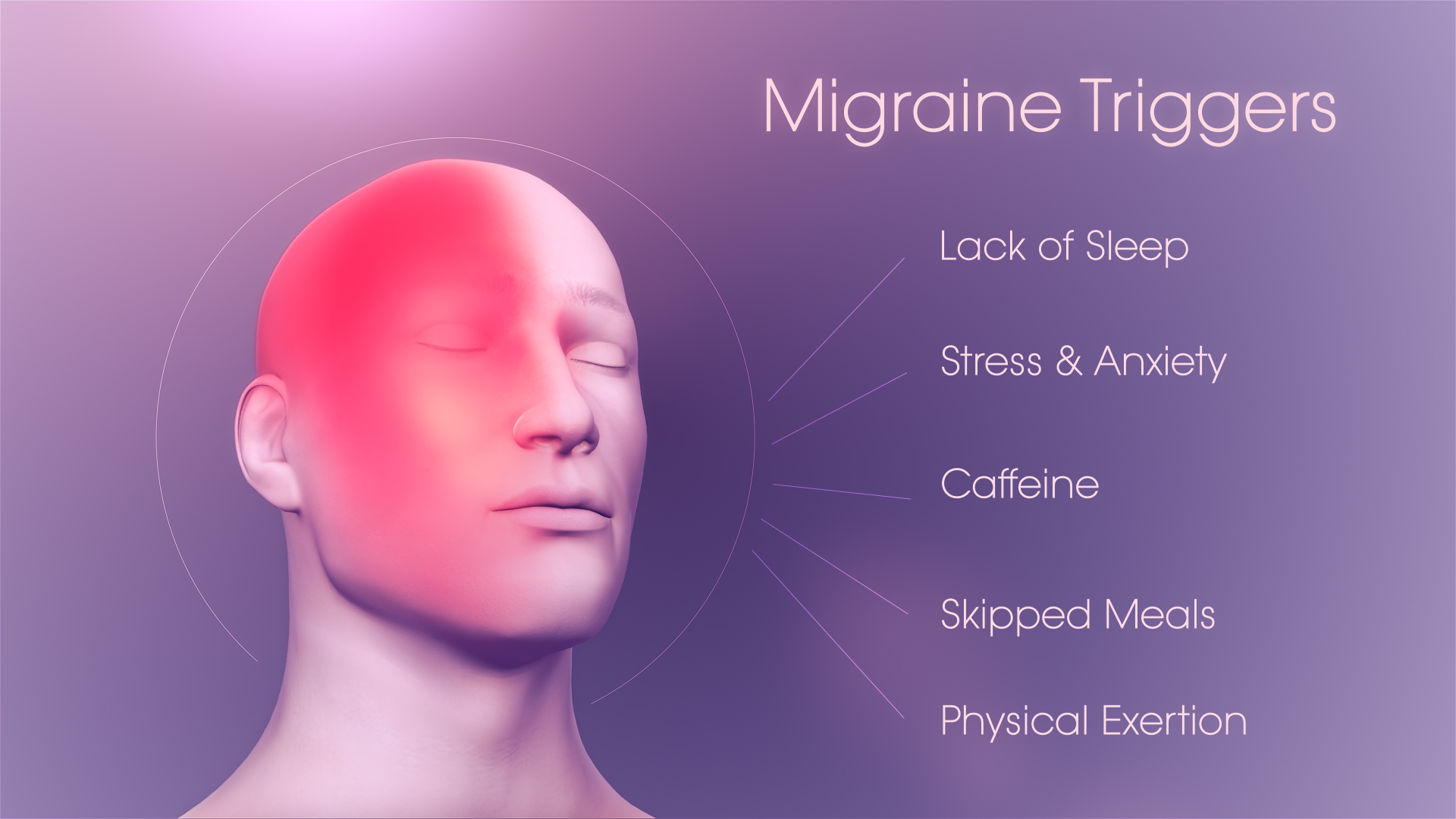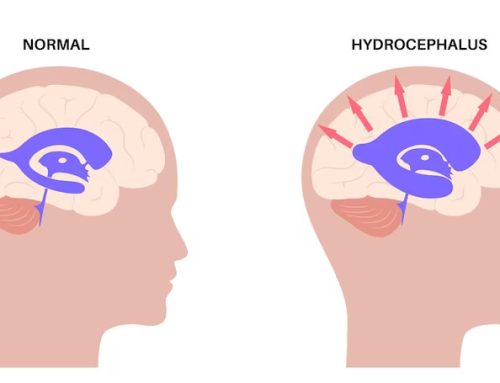A migraine is a type of headache accompanied by nausea and sensitivity to light or sound. Migraines typically last from four hours to three days. Some people experience an aura before the onset of pain in which vision may change, such as blind spots appearing on one side, while other times, tingling will occur across body parts, including arms/legs, face, etc.
A migraine can be intense and long-lasting – hours or even days of pain pounding in your head. If you face such severe headaches, go and consult a neurologist and get your problem diagnosed. The great news is that medications can help prevent some migraines and provide relief to the pain up to much extent. The right medicines, combined with self-help remedies and lifestyle changes, might help in this case.
Common Symptoms of Migraine Headache
- Severe headache is often on one side of the head.
- Eye pain
- Sensitivity to light or sound
- Nausea
- Vomiting
- Blind Spots on one side.
- Needle-like sensation in arms or legs.
- Difficult Speaking.
Types of Headaches – How can you differentiate with Migraine?
More than 150 types of headaches can be categorized into two groups: primary and secondary. A migraine is considered a primary headache because it isn’t due to another medical condition like allergies or run-ins with medications that make people sick in other ways (like overactive thyroids). Primary disorders require diagnosis through clinical evidence. For example, blood tests will show up high estrogen levels if you have pterygiumitis since this involves tissue damage from too much exposure to sunlight on one area near your eyes.
And A secondary headache usually arises due to the symptoms of other diseases, which are quite easy to diagnose, like Dizziness/Nauseafrom Motion sickness, Sinus pressure, etc.
Four Stages of Migraine Headaches
The four stages in chronological order are the prodrome (pre-monitory), aura, headache, and postdrome. As more than 30% of the patients start facing migraine symptoms, we usually discard them.
The 4 Stages are as follows
- Prodrome – The first stage lasts a few hours, or it can last days. You may experience this as “the preheadache” and know that something’s coming but not exactly when or how long it will last for.
- Aura – The aura phase can last up to 60 minutes or be absent altogether. Those who have an aural experience often suffer from concurrent headaches, which are more severe than the actual phenomenon itself and typically only occur during moments of extreme stress or excitement when your emotional state changes rapidly.
- Headaches – The headache lasts between four and 72 hours. It can be mild, but usually, intense pain starts on one side of your head and then spreads to the other side. People describe this feeling as drilling or throbbing at times with an ice pick-like sensation in their heads.
- Postdrome – The postdrome stage is often called a migraine hangover, and it can last for days. 80% of people with migraines experience this phase in their attacks as well.
Causes of Migraine Headache
A migraine occurs when a certain group of nerves in your blood vessels send pain signals to the brain, sending inflammatory substances into them. The root causes of migraine headaches are still not fully understood. But still, some key areas are considered to be the reasons behind the Migraine.
- Emotional Stress – Emotional stress is one of the most common triggers for migraine headaches. In times of high pressure, our brains release certain chemicals that can lead to a more severe form of pain in some people’s cases because their bodies cannot fight off this type effectively with regular doses from medication alone without help from natural supplements like fish oil and magnesium.
- Body Sensitive to Chemicals & Products – In addition to various external factors, certain foods and beverages can trigger up to 30% of all migraines. Choices that frequently cause headaches include aged cheese, alcoholic drinks including beer or wine (especially red), chocolate as well as food additives such nitrates found in pepperoni pizza toppings like sausages, hot dogs, and luncheon meats. Fermented pickles may also be responsible for causing some people’s severe head pain due to their acidic nature.
- Caffeine – Caffeine is a natural pain killer that can help with headaches but should not be used often because of its effects on blood vessels. When you stop drinking caffeine for an extended period or have too much in your system at once, it causes sensitivity to this drug. It may result in migraines when withdrawn from drinking suddenly without warning signs like fatigue.
- Hormonal changes in women – The answer to why women get migraines may be more complicated than you think. Hormonal changes that occur during their menstrual periods are one factor. Still, there are others, including birth control pills and hormone replacement therapy, which can trigger this headache condition in some people. It’s thought men don’t experience this due to lack of estrogen fluctuations following puberty or post-menopausal life without these hormonal influences on them – though scientists still aren’t certain.
- Light – The bright lights of the world can trigger a migraine. These brutal luminous assaults come from TVs, computers, and other sources such as sunlight or fluorescent lamps, to name just some of the many potential triggers for this painful condition, which affects up to 15% percent of people worldwide.
Treatment of Migraine Headache
Migraine headaches are a chronic condition that can be managed but not cured. There are two main treatment approaches: abortive and preventive medications, which have their pros and cons depending on how you want your life to go while living with the disorder.
- Abortive medications are most effective when you use them at the first sign of a migraine. They can stop or decrease your headache symptoms, including pain, nausea, light sensitivity, etc., by possibly stopping this process before it gets worse! Some abortives work in two ways – constricting blood vessels that bring them back to normal relieves throbbing aches. Another type works by narrowing down oxygen flow, so less brain activity occurs, causing relaxation without drowsiness.
- Preventive (prophylactic) medications may be prescribed when your headaches are severe, occur more than four times a month, and they’re seriously interfering with what you want to do. Preventives reduce the frequency and severity of migraines; these drugs need to be taken regularly or daily for best effect as a preventive measure against this condition.
Final Words from Dr. Shailesh Jain – Neurosurgeon & Neurointervention
Migraines can be a pain, but it’s important to stay aware of the signs and symptoms. If you have regular headaches or any changes in your pattern, like feeling worse on Mondays than other days. You should go and consult your doctor for your headaches.
Are You Looking for the Best Neurosurgeon for Migraine Treatment ? Then You may search on google for it and book and Appointment in your Area.







Leave A Comment